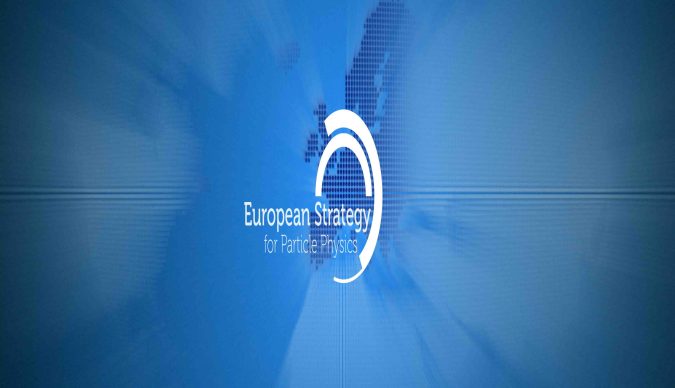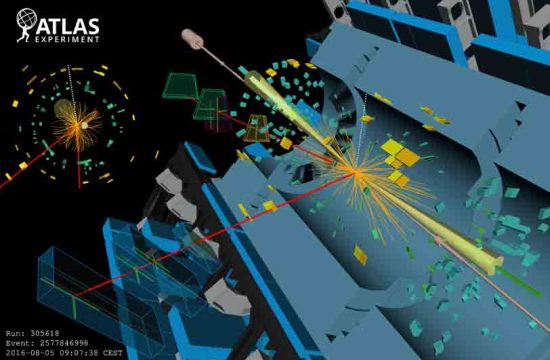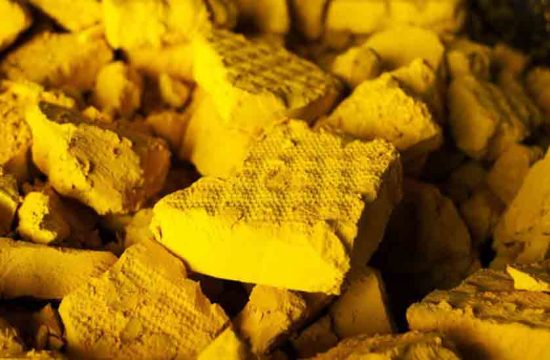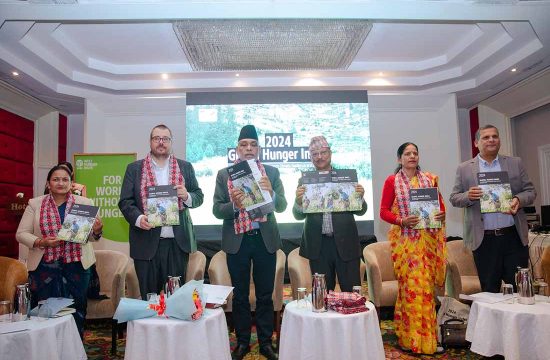
Geneva, The deadline for submitting input for the 2026 update of the European Strategy for Particle Physics (ESPP) has passed, with 263 contributions received. The large number of submissions covers the full spectrum of high-energy physics and expresses the priorities of the community at a level ranging from individuals to nations. Expert panels will digest the input in preparation for a community-wide Open Symposium that will be held in Venice from 23 to 27 June.
“We are heartened to see so many rich and varied contributions, in particular the national input and the various proposals for the next large-scale accelerator project at CERN, and thank everyone for their hard work and rigour,” said Karl Jakobs, Strategy Secretary of University of Freiburg.
“The European Strategy Group and the Physics Preparatory Group have their work cut out, and we look forward to distilling the input ahead of the Open Symposium with a view to reaching a consensus on the future of the field by the end of this year.”
The ESPP takes place every 5 to 7 years under the mandate of the CERN Council, which is composed of delegates from CERN’s Member and Associate Member States. Launched in March 2024 and organized by the Council-appointed European Strategy Group (ESG), the 2026 ESPP update “aims to develop a visionary and concrete plan that greatly advances human knowledge in fundamental physics, in particular through the realization of the next flagship project at CERN.”
The importance of the Higgs boson to our fundamental understanding of the universe is reflected in the large number of ESPP submissions calling for deeper study of this unique particle and associated domains. Exploring the nature of the invisible “dark matter” that is known to govern the motion of galaxies is another popular subtopic, along with the study of neutrinos.
Underpinning the community’s physics aspirations are accelerator science and technology, detector instrumentation, and computing. Progress in these technologies is vital for the realization of the next flagship program, which was also reflected by the recommendation of the 2020 Strategy to define roadmaps for research and development.
Contributions on these topics and six subtopics of particle physics will be reviewed by the Physics Preparatory Group (PPG), which comprises experts in the relevant subfields. For each physics area, comparative assessments of the scientific potential of various proposed projects against defined physics benchmarks will be conducted.
Most input regarding projects and large experiments strongly features sustainability, as environmental protection is a firm commitment of CERN and its community.
In direct response to recommendations of the previous strategy update in 2020, a major focus of the submitted input concerns the preferred project to succeed the LHC when the 27-km collider reaches the end of its operational lifetime in 2041. The update is also expected to prioritize alternative options to be pursued if the chosen preferred plan turns out not to be feasible or competitive.
“The discovery of the Higgs boson at the LHC in 2012 opened a new window on some of the most outstanding mysteries in physics, and colliders are the only way to produce and study this unique particle,” said Costas Fountas, President of the CERN Council. “Identifying a successor to the LHC that will allow us to explore its properties in full is essential to maintaining the leading role of CERN in particle physics, and the Council therefore very much looks forward to the recommendations of the ESPP process.”
Several submissions refer to possible future colliders at CERN. The feasibility study for the Future Circular Collider (FCC), which was recommended in the 2020 update of the Strategy, has been completed, and the report was released on 31 March; it describes a 91 km-circumference infrastructure that could host a precision electron-positron “Higgs and electroweak factory,” followed by an energy-frontier hadron collider at a later stage.
A proposal for a Linear Collider Facility at CERN, which could be based on the technologies of the International Linear Collider (ILC), the Compact Linear Collider (CLIC), and/or other technologies, was also submitted. Other proposals include a muon collider, as well as the LEP3 and LHeC accelerators, the latter two being based on the reuse of the existing LHC tunnel. However, for the LHeC, an additional energy-recovery linear accelerator would need to be added to CERN’s accelerator complex.
More than 50 national and national-laboratory submissions have been received, including from outside Europe. In line with the ESPP mandate, many make clear statements on which major project should succeed the LHC. In its review, the ESG will take the physics reach as well as other factors into account.
“To be able to fully assess the rich landscape of proposals and to compare major projects, is it vital that we consider the national input, project timelines, cost, sustainability, and the environment, among other factors,” says Karl Jakobs.
“We have structured this responsibility across seven working groups, which combined with the output of the PPG and, crucially, the outcome of the Open Symposium, will feed into the final deliberations to take place during the Strategy Drafting Session in December. The process for the 2026 update of the ESPP is running full steam ahead, and we hope for further strong participation by the full community, in particular at the Open Symposium.”








